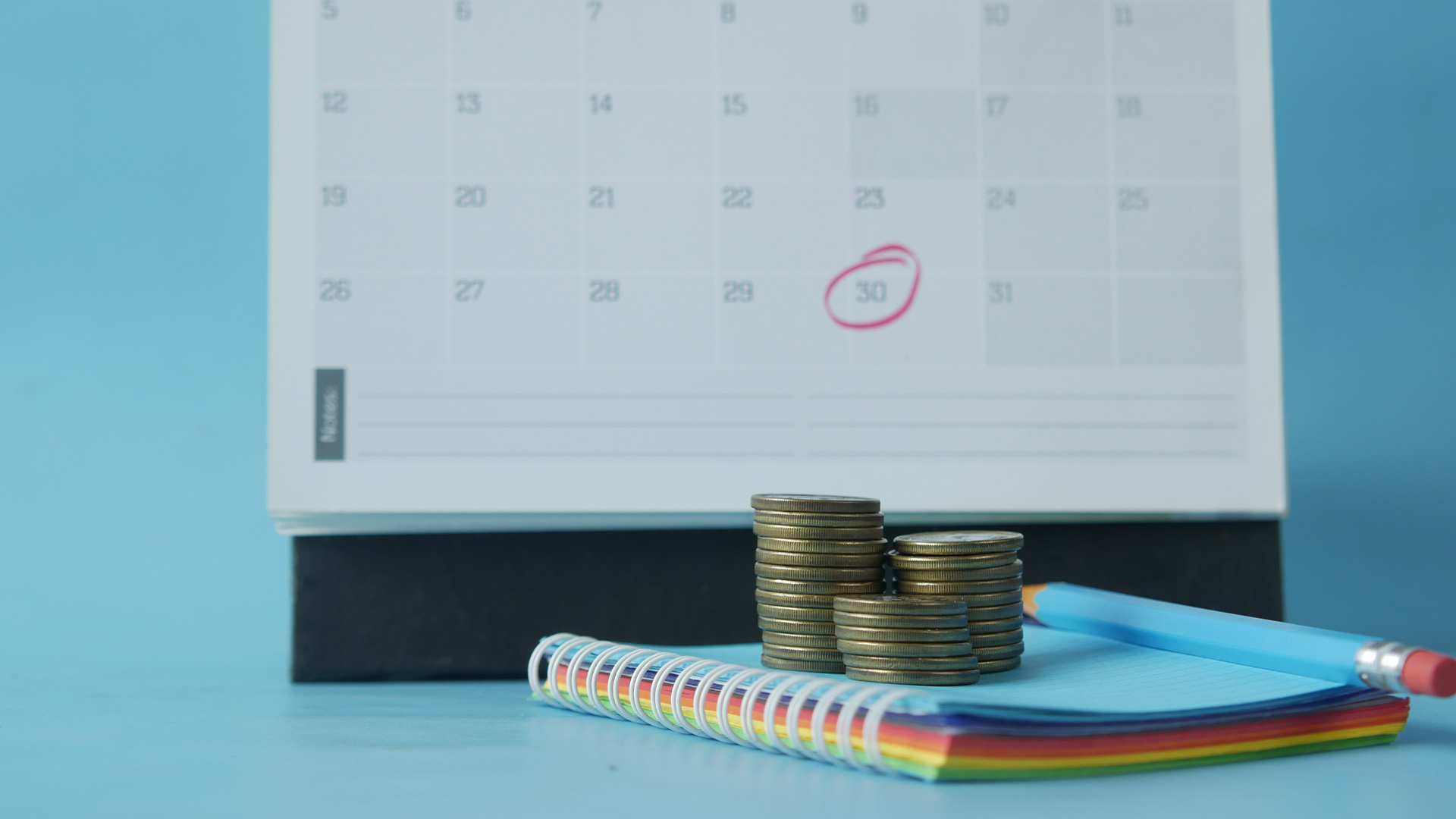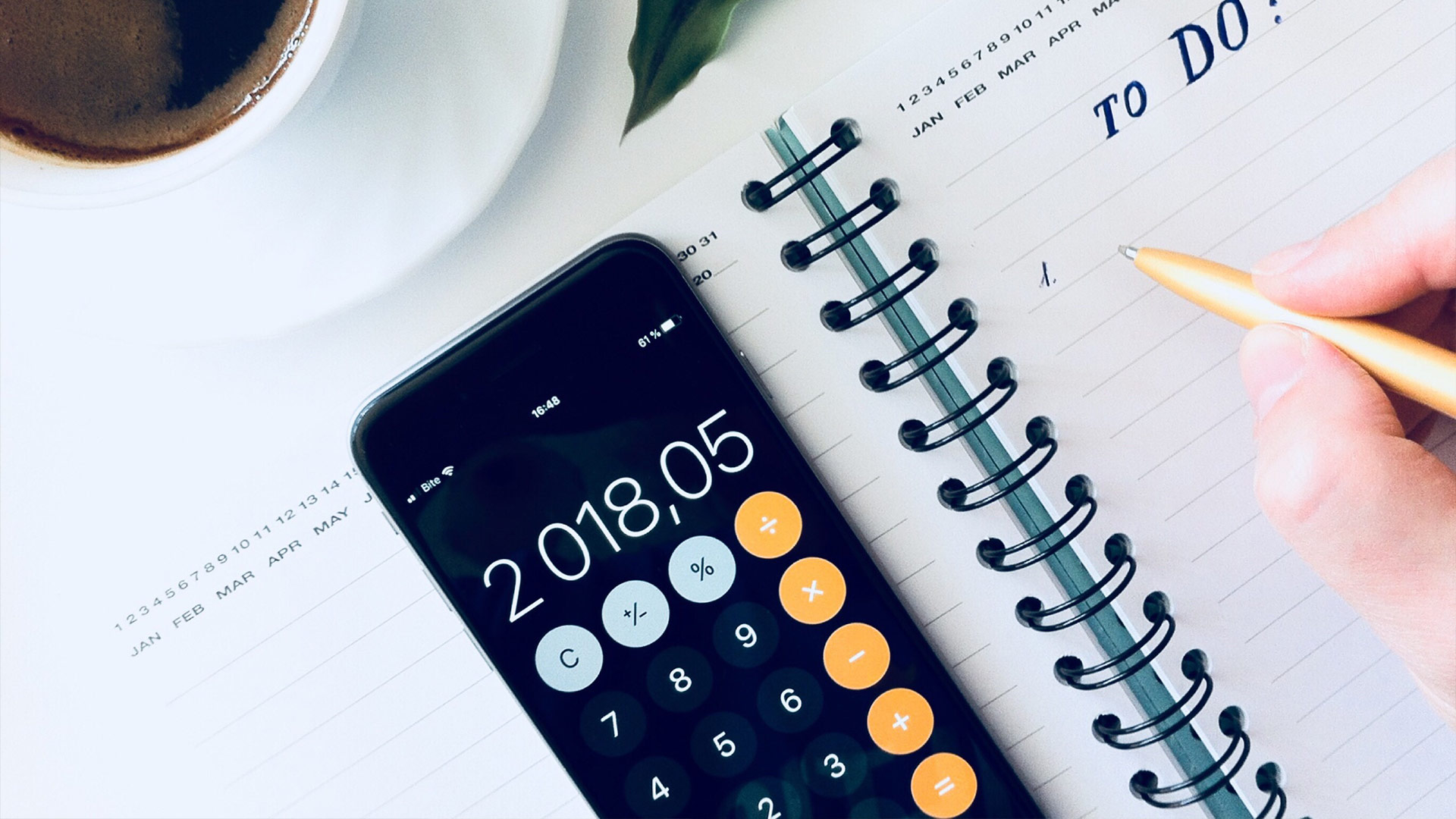Saving money can feel hard, especially when life moves fast and expenses never seem to take a break. But what if five minutes a day could make a real difference? This isn’t about cutting out your favorite coffee or moving back in with your parents. This is about a simple, consistent habit--just five minutes a day--that helped me save over $3,000 in one year without feeling like I was depriving myself.
Let’s break down exactly how this method works, why it’s effective, and how you can make it your own.
What Is the 5-Minute Rule?
It’s simple: every day, you set aside five minutes to take a money-positive action. That could mean transferring a small amount to savings, reviewing your expenses, canceling an unused subscription, or even just checking your account balances. The key is consistency. You do something--anything--every single day.
At first, it feels like nothing. But like drops in a bucket, these small efforts build up. After a few weeks, you start seeing results. After a few months, your habits shift. After a year, the impact can be thousands of dollars saved and a completely different mindset about money.
The Start of the Habit
It began with a personal challenge. I told myself I would do one financial task per day for five minutes, just to see what would happen. I kept a journal, tracking what I did and how much money I saved or redirected.
In the first week, I:
- Transferred $5 to savings every morning
- Unsubscribed from a meal delivery service I hadn’t used in a month
- Compared car insurance rates and found a better deal
- Packed lunch instead of ordering out
- Listed two unused gadgets on an online marketplace
None of these things were dramatic. But they were doable. They didn’t require huge decisions or drastic cuts--just a tiny bit of attention.
How the Savings Added Up
Let’s look at how these small daily actions compounded over the year:
- Daily $5 transfer to savings: $5 × 5 days/week × 50 weeks = $1,250
- Cutting unused subscriptions: Saved $30/month from three services = $360/year
- Refinanced car insurance: Lowered my premium by $20/month = $240/year
- Selling unused items: Earned over $400 from selling random things
- Meal planning and cooking at home: Estimated savings of $30/week = $1,200/year
By the end of the year, I had set aside or saved over $3,000. And I never once felt like I was giving up the things that mattered to me.
Daily Task Ideas That Fit the Rule
If you’re ready to try it yourself, here are practical five-minute tasks you can rotate through:
- Transfer a small amount to savings
- Check yesterday’s spending and categorize it
- Review your grocery receipts and note impulse buys
- Cancel a subscription you forgot about
- List one unused item for sale online
- Compare utility providers for better rates
- Adjust your monthly budget if something’s off
- Read one paragraph from a personal finance article
- Check your credit card balance
- Set a low purchase alert on your account
None of these require major effort. But each one nudges your financial life in the right direction.
Why It Works
There’s something powerful about small habits. When you tell yourself you only need to spend five minutes, it lowers the mental barrier. You’re not dreading a “budget meeting”--you’re just doing one thing.
That one thing keeps you connected to your money. It builds awareness. It prevents you from going on autopilot. And over time, that awareness leads to better choices--even when you’re not consciously thinking about it.
The 5-minute rule also works because it’s flexible. Some days, I just reviewed my bank transactions. Other days, I had more energy and ended up meal planning for the week. But even when I didn’t, the streak continued, and the habit stuck.
Common Mistakes to Avoid
- Trying to do too much at once: Keep it simple. Don’t make every session a deep dive.
- Being inconsistent: Skipping a day here and there is okay, but build the streak.
- Focusing only on cutting costs: You can also use this time to build wealth--investing, learning, or earning extra cash counts too.
What Changed Besides the Money
Saving $3,000 was just the start. More importantly, I started seeing myself differently. I wasn’t “bad with money” anymore. I was someone who checked in daily. I became someone who noticed spending patterns. Someone who asked, “Do I really need this?” before making a purchase.
That identity shift meant that even after the year ended, the habit stuck. The 5-minute check-in became as routine as brushing my teeth.
It also made conversations about money easier--with my partner, with friends, even with my bank. I had clarity. I wasn’t just guessing what I could afford--I knew.
This tiny habit reshaped my entire financial outlook. And it can do the same for anyone, no matter their starting point.



